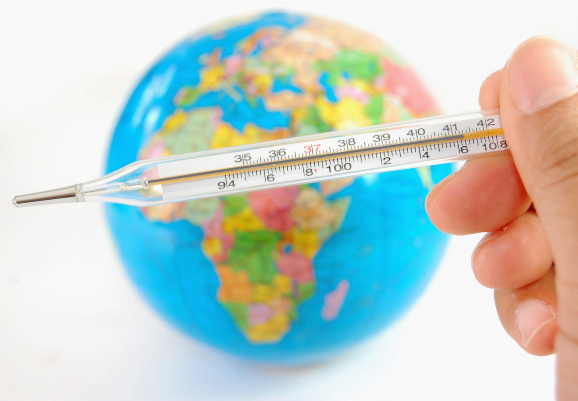Human-induced warming is currently increasing at 0.02°C / year.
(a) If human-induced warming was at 0.9°C in 2010, what will it be in 2020?
[2 marks]
The graph shows how the rate of human-induced warming would fall between 2020 and 2060 if we reduce global emissions rapidly to zero over that period. Global temperatures will continue to rise as long as the rate of human-induced warming is greater than 0.

(b) Calculate the total increase in human-induced warming between the years 2020 and 2060.
[3 marks]
(c) Hence, calculate the level of human-induced warming in 2060.
[1 mark]




